Snake Bean Red Dragon
$5.99
Phaseolus Vulgaris
- Seed Count 15
- 70 cm Long
- Annual
In stock
Description
The Snake Bean Red Dragon, produces beans up to 70cm long! Now you know where the term “snake bean” comes from!
Imagine growing beans as long as your arm! Amaze your friends and family with crazy-cool bean variety.
The plant produces dark green, slender pods with a small red/brown tip and red coloured seed. Highly productive, growing into a 2-3 meter plant that will need to be trellised.
The harvest period covers about four weeks, and even when the beans are a little old, they’re still tender and fleshy. There will be less damage to plant if beans are cut off.
They suit a wide range of climates, are good in greenhouses and are bean-fly resistant.
Snake beans are very nutritious & have a slightly sweet flavour & crunchy texture. They can be eaten raw or cooked.
Good steamed, stir-fried, in curries and in salads and totally stringless.
| Method: Sow direct | Soil Temp: 16°C - 30°C |
| Cool Mountain: Oct - Dec | Position: Full sun |
| Arid: Sep - Jan | Row Spacing: 20cm |
| Temperate: Sep - Jan | Planting Depth: 10mm |
| Sub Tropical: Aug - Apr | Harvest: 70 Days |
| Tropical: Apr - Jul | Plant Height: 2m |
Growing Climbing Beans
Climate and Timing:
- Planting Time: In temperate regions, late spring to early summer is best.
- In subtropical areas, you can plant beans from late winter to early autumn.
- Temperature: Beans thrive in temperatures between 15°C to 30°C. They require a frost-free period to grow effectively.
Soil Preparation
- Soil Quality: Ensure the soil is well-draining with good fertility. Beans prefer a neutral pH of 6 to 7.
- Improving Soil: Before planting, enrich the soil with compost or well-rotted manure. Beans fix nitrogen into the soil, but added organic matter supports initial growth.
Planting Process:
- Sow seeds directly once the danger of frost has passed.
- Plant seeds about 1 cm deep and space them 20 cm apart within rows 20 cm apart.
- If using a trellis or teepee system, space these supports accordingly before planting.
Support Systems:
- Use sturdy supports. Trellises, teepees, or poles work well.
- For trellises, orient them north to south to maximize sunlight exposure on both sides.
Watering and Maintenance:
- Watering: Regular watering is crucial, particularly during flowering and pod set.
- However, avoid waterlogging, which can drown roots or promote fungal diseases.
- Mulching: Apply mulch to retain soil moisture, regulate temperature, and reduce weed growth.
Fertilisation and Care:
- While beans generally do not require much fertilisation due to their nitrogen-fixing ability, a light application of a balanced organic fertiliser at the start of the growing season can help.
- Regularly inspect plants for signs of common pests like aphids or spider mites and manage with appropriate organic treatments if necessary.
Harvesting:
- Beans typically mature within 70 days after planting.
- Harvest when the pods are firm and before seeds inside begin to bulge, ensuring tender beans.
- Picking pods regularly encourages further production.
Companion Planting
Compatible Plants:
- Corn: Provides natural supports for beans to climb, forming a symbiotic relationship where beans fix nitrogen, boosting corn’s growth.
- Squash and Pumpkins: With their broad leaves, these plants help control weeds by shading the soil and maintaining moisture.
- Carrots and Radishes: Utilise vertical garden space efficiently, with roots growing underground while beans climb upward.
- Marigolds: Known for their pest-repellent properties, they attract beneficial insects and deter harmful nematodes.
Plants to Avoid:
- Alliums (Garlic, Onions): These can inhibit bean growth due to the production of chemicals that negatively impact bean roots.
- Beets: They compete for similar nutrients, potentially stunting each other’s growth.
Additional Tips:
Crop Rotation:
- Rotate beans with other crops to prevent pest buildup and improve soil nutrients.
- Avoid planting where legumes have grown in the past two years.
Pest and Disease Management:
- Implement pest control measures early. Use natural or organic pesticides if necessary, and encourage predators such as ladybirds.
- Prevent diseases through proper spacing to ensure good air circulation and by removing diseased plants promptly.
Postage Charge
Orders under $30 attract a $4.50 shipping charge. Orders $30 and above have free shipping.
Order Times
Seed orders are normally dispatched within three business days. You will receive an email when seeds are mailed out.
Postage Days
Seeds are mailed out Monday to Friday at 1pm. Except for the Friday of long weekends.
Postage Times
WA 2-3 Days: SA,NT 3-5 Days: NSW, ACT, QLD, VIC: 5-7 Days
Carrier
We use Australia Post Letter Postage for the majority of orders
Not only are our seeds packed in recycled paper envelopes, we keep the theme going when we post out website orders. To protect your seeds from moisture and the letter box munchers (snails), we use a very special plastic free material made from plants. They are then put into recycled mailing envelopes. Green all the way 💚🌿





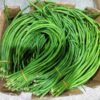
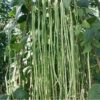

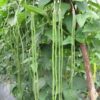



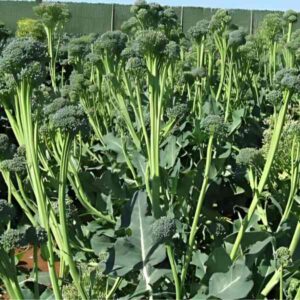

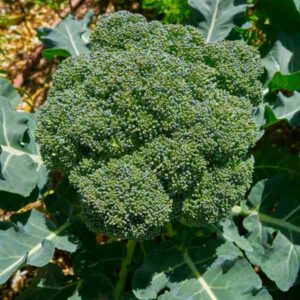
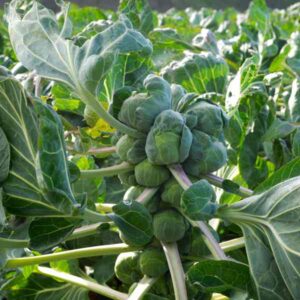
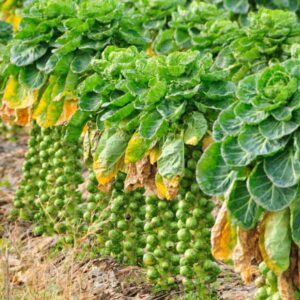
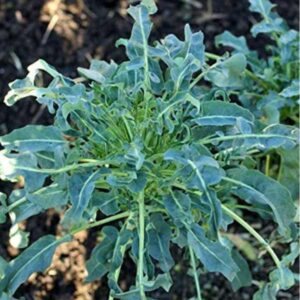
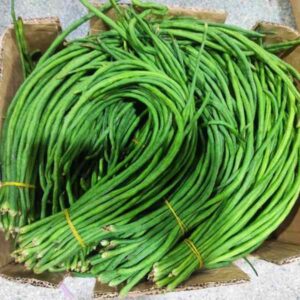
Reviews
There are no reviews yet